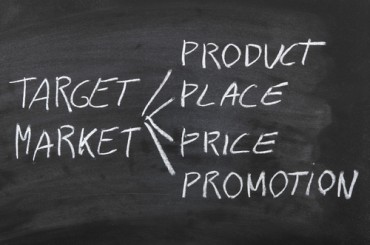
Using real-time analytics in healthcare administration is having some interesting payoffs.
Real-time data analytics are revolutionizing healthcare, particularly in the area of medical diagnoses. Just as critical is the business or administrative end of healthcare — helping payers and healthcare establishments manage costs and price in risks.
Observers of the healthcare system know anecdotally that costs are spiraling out of control, and there is data to support that perception. A report from the American Health Policy Institute (AHPI), a survey of key claims data among 26 large employers finds the average high cost claimant costs $122,382 annually, 1.2 percent of all members are high cost claimants, and high cost claimants comprise 31 percent of total spending.
See also: How do we unlock healthcare IoT innovation?
Time for more real-time data analytics to manage the stream of claims and procedures before they bankrupt the payer system. To date, however, “large-scale analytics has been underutilized by players in the American healthcare industry,” Christer Johnson, a healthcare adviser for EY (formerly Ernst & Young), pointed out in a recent article in Health Management Technology. This is changing, as there are increased efforts by payers — insurance companies and government agencies — to employ real-time analytics to keep a lid on costs.
Johnson describes how a “time-sequenced” approach to tracking care — based on the type of interactions patients are having with payers and care providers at the moment — can help in anticipating, or even predicting, procedures and interventions. Such a platform integrates claims and demographic data, as well as data from interactions via call centers, web visits, and mobile phone calls. “It helps payers anticipate future customer behaviors, signal deviations from expected behaviors, and even prescribe new interventions,” he states.
Such data-driven knowledge may help payers identify individuals “before they become a high-cost member, an analysis published by MedeAnalytics relates. “These individuals are dealing with acute and chronic conditions and possibly taking expensive prescription medications. Typically, it isn’t until a costly event like a hospitalization that problems finally come to the surface. Adding to this challenge is predicting who will continue to be a high-cost member in the long-term.”
Monitoring data across all systems
With data analytics, the MedeAnalytics team explains, payers will be able to monitor data across all systems — medical, pharmacy, lab — to “more quickly target individuals who have chronic conditions or who are at-risk, as well as those who are not complying with evidence-based guidelines. Payers armed with this insight are better positioned to align programs and intervene with individuals before their conditions progress into complex, high-cost conditions.”.
For example, the authors report that they worked successfully with St. Joseph Hospital, a part of Covenant Health, to provide analytical insights across its own workforce. “The hospital’s data revealed just nine percent of the highest-risk employees were responsible for 40 percent of employee health plan costs. Analyzing their employee data allowed the organization to identify exactly where the money was being spent and make changes regarding pharmaceutical costs and benefit plans, which put them on track to spend $2.5 million less the following year.”
Collaboration is also a key part of the equation. As Thomas Beaton explains in HealthPayer Intelligence, “Payers need to collaborate with providers and leverage data analytics to scale a value-based care network, improve beneficiary outcomes, and reduce care costs.”
EY’s Johnson reports that predictive analytics helped one of its healthcare clients increase customer engagement for critical programs. “We applied a time-sequenced data analysis to 43,000 patient journeys specific to oncology. The results showed that if they were to use this approach with the top 10% of oncology patients in the program, they could improve engagement by a staggering 159%. Assuming they could apply this to all their customers, we found that the time-sequenced approach could result in a 30% increase in engagement overall.”




























